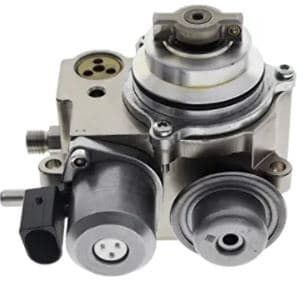Fuel Injection System Pressure
Even when your vehicle is off, your car’s fuel injection system is under high levels of pressure. If you try to work on the car’s fuel injector or other parts without first relieving the fuel pressure, you risk getting hurt. Learn how to relieve fuel pressure in a Mazda to work on cleaning or repair of various fuel system components, like the regulator or fuel injector.

How to Relieve Pressure on a Mazda Fuel Injection System
You can quickly and easily relieve the pressure on the Mazda fuel injection system yourself. First, turn on the car; you will need the engine running while you perform this task. If you were driving all day, you might want to wear gloves during this task as engine components can feel hot to the touch. Before you continue, loosen the fuel filler cap; this way, pressure inside can escape while you complete the repair.
Using your Mazda vehicle owner’s manual, first determine where the fuel pump fuse is located. Typically, this is on the right side of the Mazda engine chamber. A diagram in the vehicle owner’s manual should show you precisely where it is and what it looks like so you can do this.
Remove the fuel pump relay connector using a hair of pliers, or with your hand. Set this part aside.
Allow your car to idle until it stalls. During this process, the pressure is released so you can safely work on the fuel system components.
Once the Mazda stalls, you can switch off the ignition and reinstall the fuel pump relay connector.
If you do not relieve fuel injection pressure before working on your vehicle, you risk getting injured or starting a car fire. To protect yourself, consider keeping a dry chemical fire extinguisher on hand while working on your vehicle.
Find everything you need to work on your fuel injection system, for everything from a Chevrolet to a Mazda, at Mike’s Carburetor Parts.
What Are Symptoms of a Bad Fuel Pump
- Whining Noise From the Fuel Tank.
- Difficulty Starting.
- Engine Sputtering.
- Stalling at High Temperatures.
- Loss of Power Under Stress.
- Car Surging.
- Low Gas Mileage.
- Car Will Not Start.
